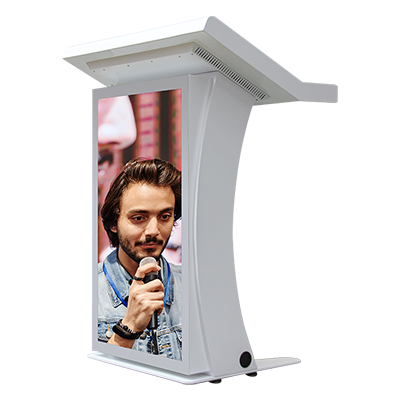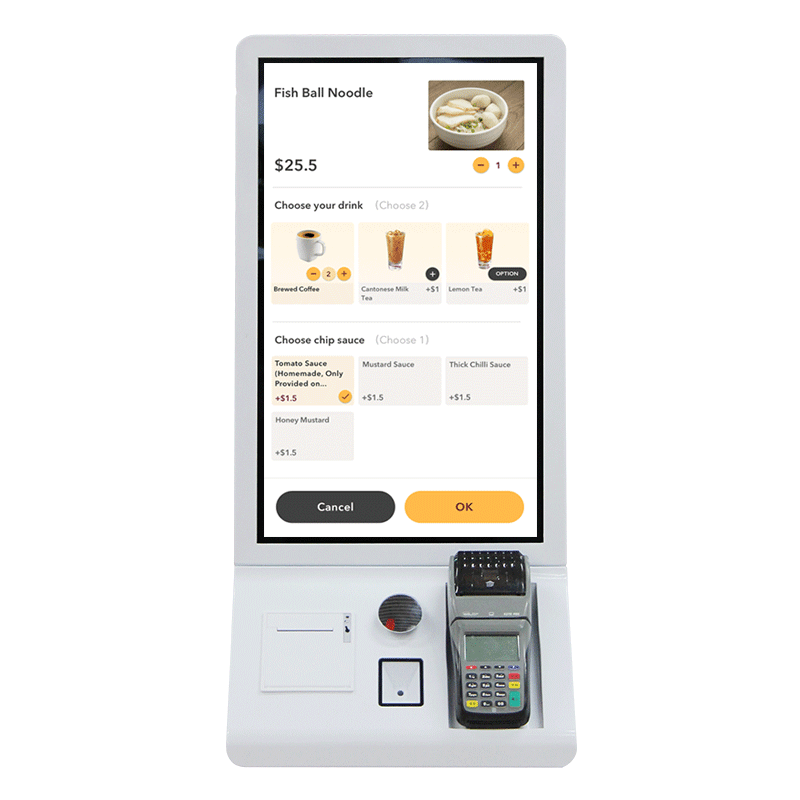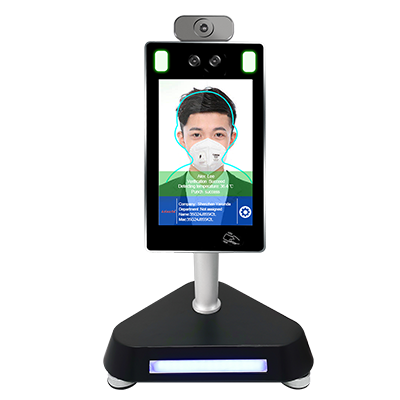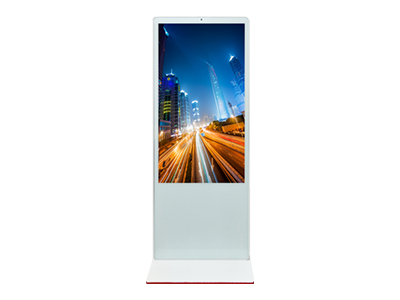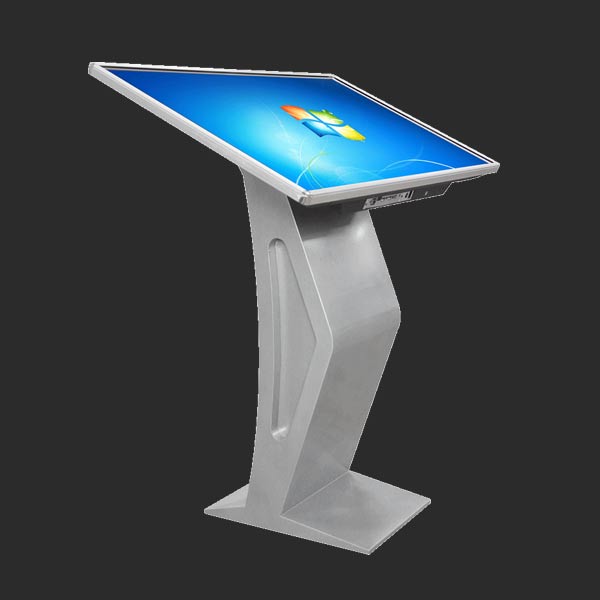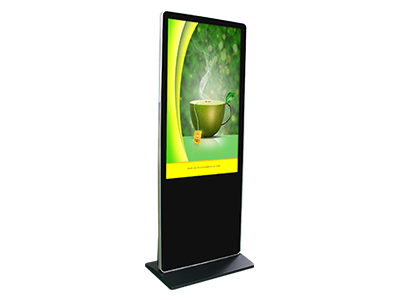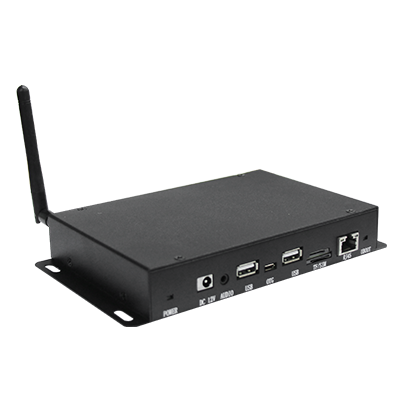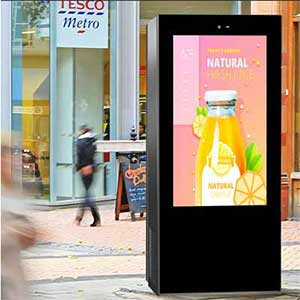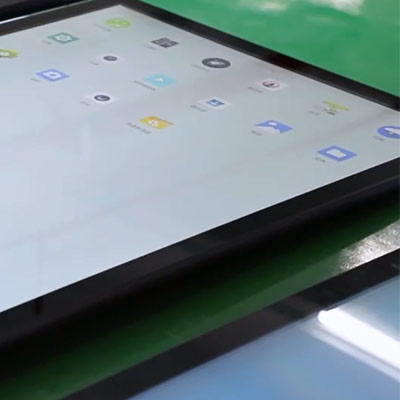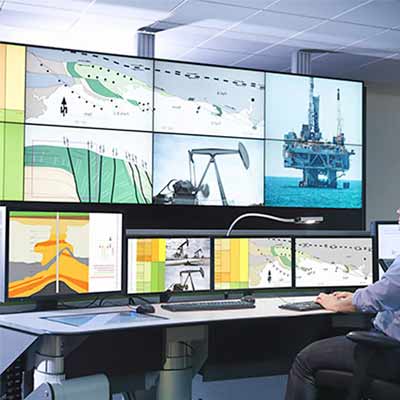Comprehensive solutions for office signage systems
Published:2024-02-23Views:1306
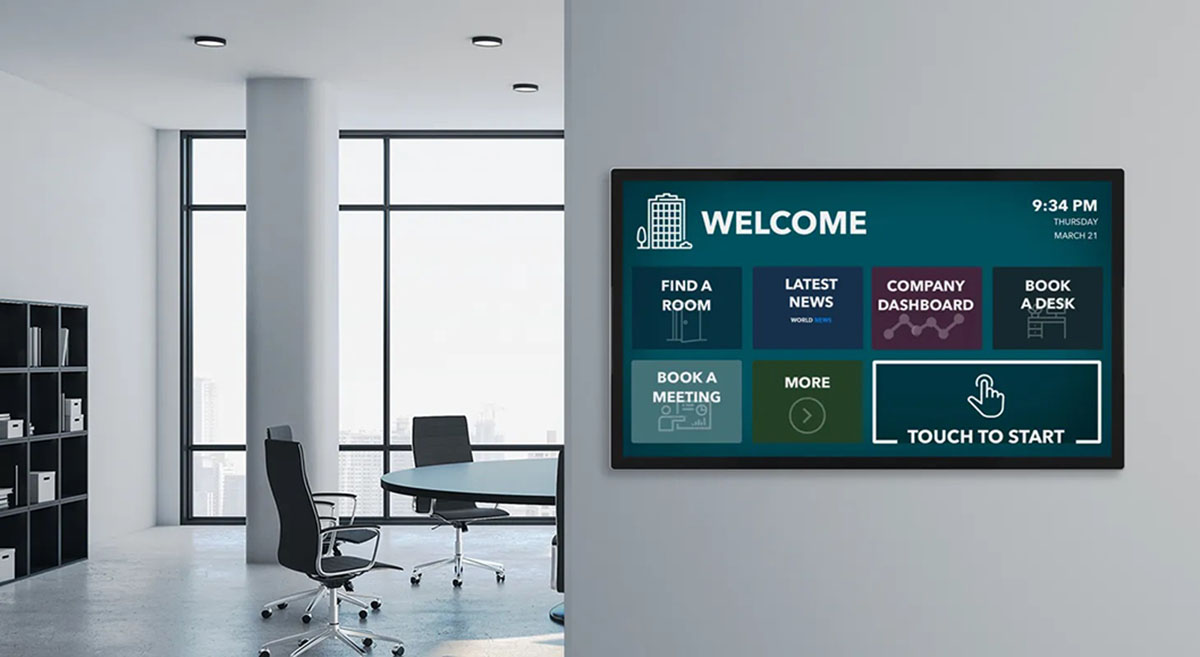
In order to adapt to the increasing scale of enterprises and the increasingly complex office environment, it has become increasingly important to have an efficient and orderly office signage system. It is not only related to the work efficiency of employees, but also directly affects the overall image and space management of the enterprise.
This article will delve into the definition, functions, design principles and implementation strategies of office signage systems, aiming to provide enterprises with comprehensive, fully functional signage system solutions.
1. Definition and functions of office signage system
Definition: Office signage system refers to a system that helps employees and customers quickly locate, identify and use various spaces in the office environment through a series of signs, instructions and guidance elements. Its functions are mainly reflected in the following aspects:
Guidance function: Clear signage can guide employees and customers to quickly find their destinations, such as conference rooms, bathrooms, rest areas, etc.
Information transmission function: Signs can display key information such as office layout, department division, staffing, etc., making it easier for employees to understand the overall office environment.
Space management function: Through reasonable signage settings, the use of office space can be optimized and space utilization improved.
Brand image building function: Exquisite logo design can reflect the company's brand image and cultural atmosphere, enhance employees' sense of belonging and customers' sense of identity.
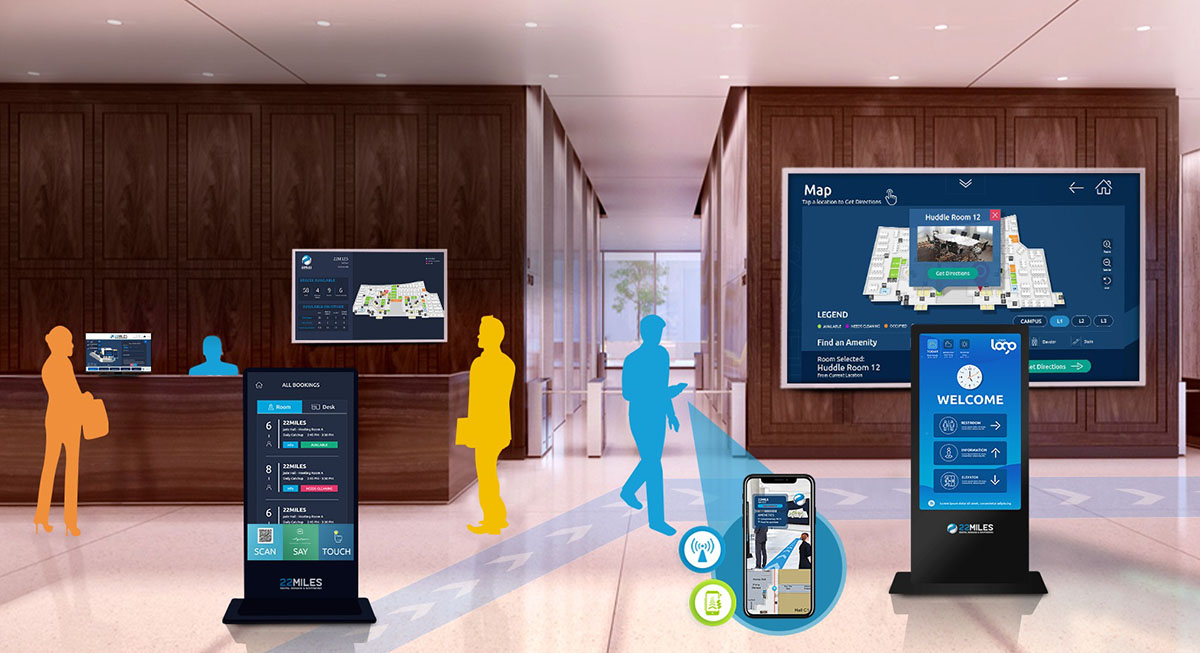
2. What are the common types of office signage systems?
Indicative signage: This type of signage is mainly used to indicate direction or location to help employees and customers find their destination quickly. For example, signs such as "Restroom", "Meeting Room" or "General Manager's Office".
Functional Signage: These signs provide functional information about a specific space or piece of equipment. For example, there might be a sign next to a copy machine or coffee machine explaining how to use it and what to watch out for.
Floor index signs: Floor index signs are usually placed in the lobby or elevator entrance to show the room layout and main functions of each floor. This kind of signage helps people quickly understand the structure and layout of the entire building.
Department signs: Department signs are used to identify various departments within a company and their functions. These signs are usually placed at the entrance of the department so that employees and customers can understand the work content and responsibilities of each department.
Safety warning signs: Safety warning signs are used to remind employees and customers to pay attention to safety and prevent potential dangers. For example, signage such as "Slip with caution," "Emergency exits," or "Firefighting equipment."
Informational signage: This type of signage provides information about company culture, policies, or activities. For example, information such as your company's mission statement, core values, or upcoming conferences and events.
Customized signs: According to the specific needs of the enterprise, various personalized signs can also be customized, such as corporate culture wall, employee honor wall, etc.
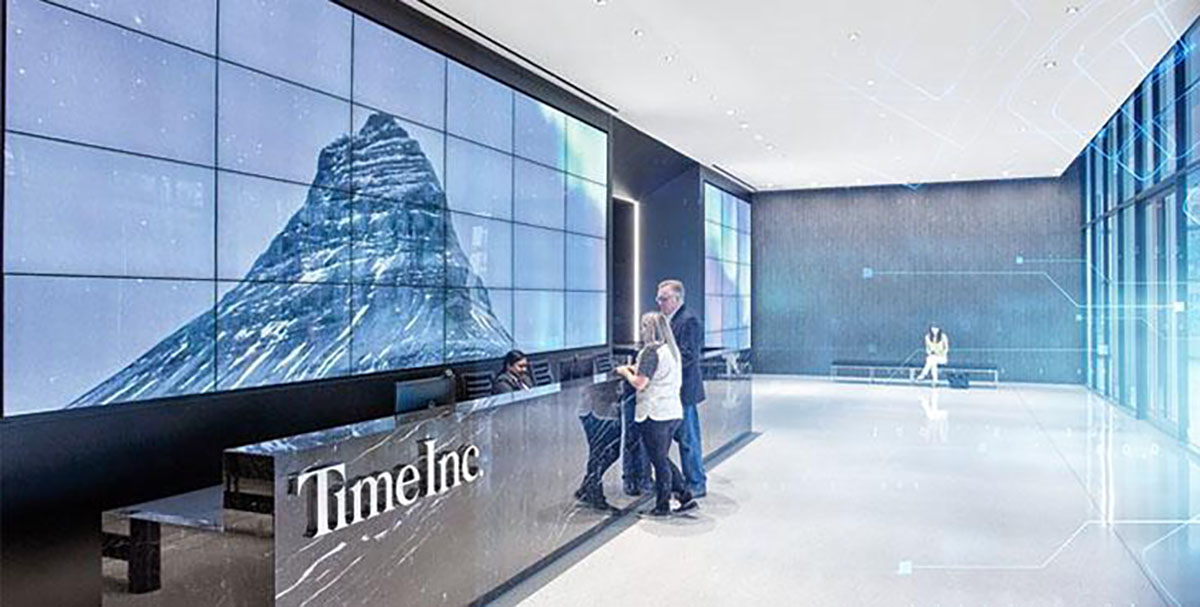
3. Design principles of office signage system
In order to ensure the effectiveness and practicality of the office signage system, the following principles should be followed during the design process:
Be concise and clear: Signage information should be concise and easy to understand, avoid using overly complex graphics and text, and ensure that employees and customers can quickly understand it.
Consistency: The design style, fonts, colors, etc. of the signage should be consistent to maintain the harmony and beauty of the overall environment.
Eye-catching and easy to see: Signs should be placed in conspicuous locations, such as corridors, stairwells, doorways, etc., to ensure that employees and customers can easily find them.
Updateability: The signage system should have a certain degree of ability so that the company can easily the signage information when expanding or adjusting in the future.
Durability: Signage materials should be highly durable and able to withstand daily wear and tear and environmental factors to ensure long-term use.
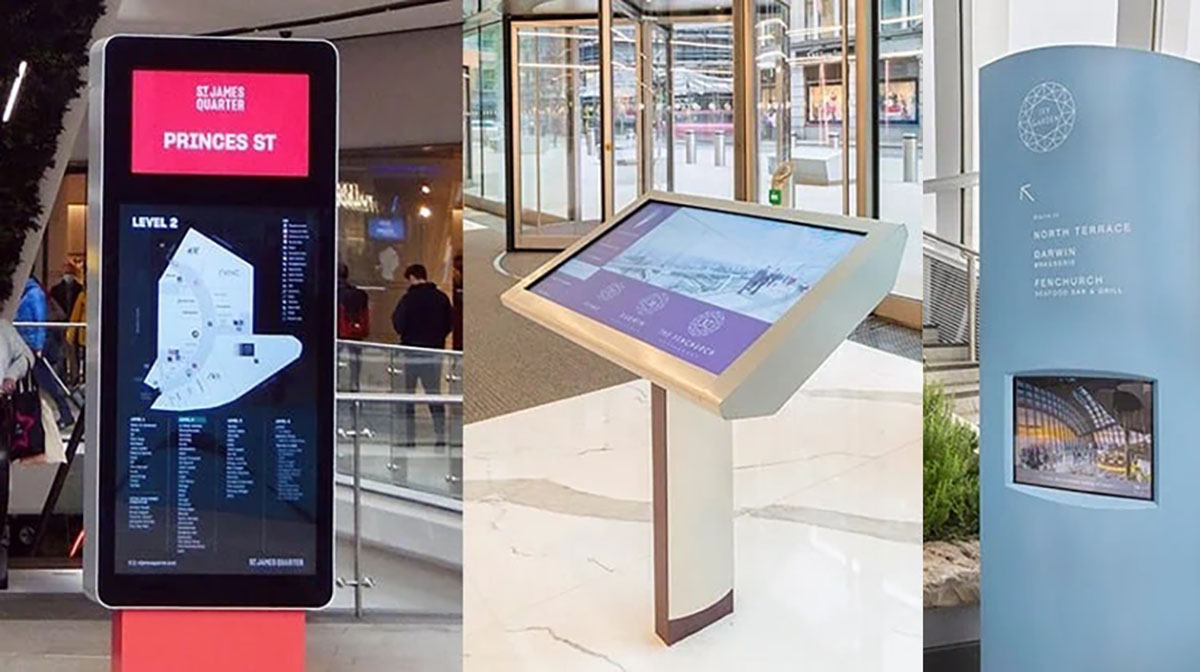
4. Implementation strategies for office signage systems
When implementing an office signage system, enterprises should develop the following strategies based on their actual situation and needs:
Demand analysis: First, conduct a detailed analysis of the company's internal office space, number of employees, department distribution, etc. to determine the specific needs of the signage system.
Design planning: Based on the demand analysis results, formulate a design plan for the signage system, including the style, size, color, material, etc. of the signage. At the same time, employees’ visual habits and behavioral paths must be fully considered, and the layout and location of signage must be reasonably planned.
Production and installation: According to the design plan, we will reasonably produce and install high-quality signs. During the installation process, ensure that the signage is stable and difficult to fall off to avoid disturbing the office environment.
Maintenance and Updates: Check and maintain signage regularly to ensure it is intact and legible. At the same time, as the enterprise develops and the space is adjusted, signage information must be d in time to maintain the timeliness and accuracy of the system.
Employee training: Through internal training or promotional materials, popularize the use methods and precautions of the signage system to employees to improve employees' awareness and use of the system.
Conclusion: As an important tool to improve work efficiency and space management, office signage systems play an indispensable role in modern enterprises. An excellent signage system can not only bring a convenient and comfortable environment and experience to employees and customers, but also enhance the overall image and cultural atmosphere of the company.

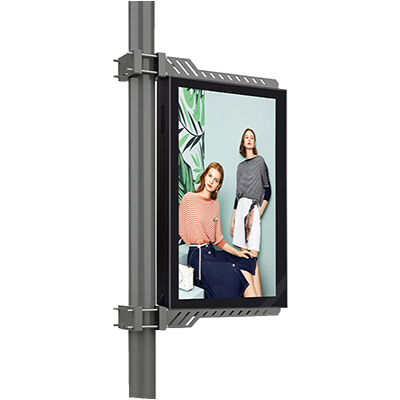

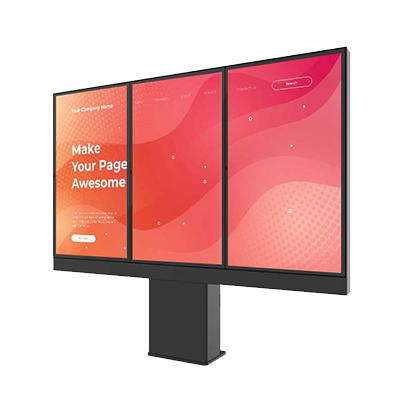
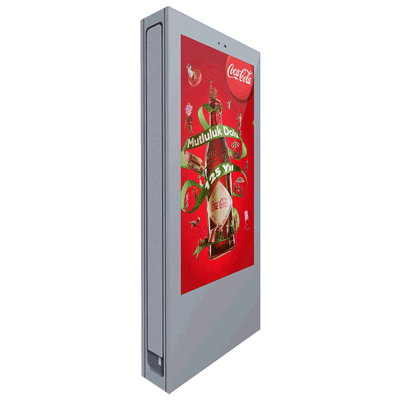




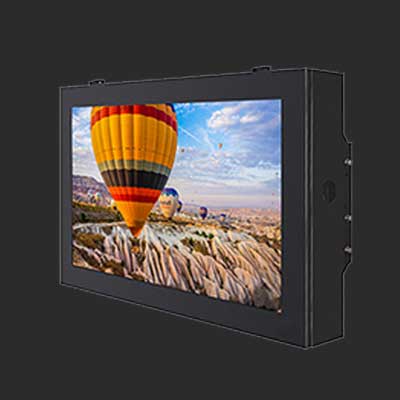
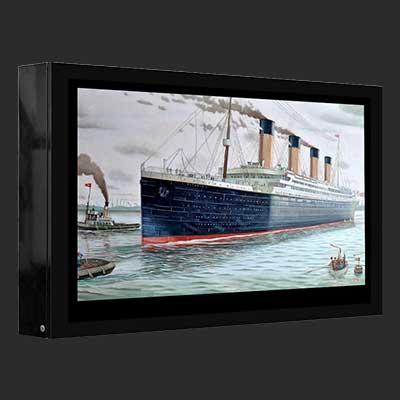
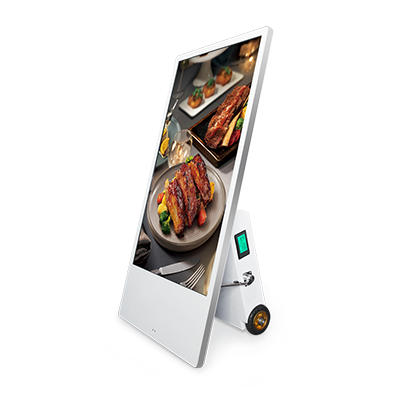


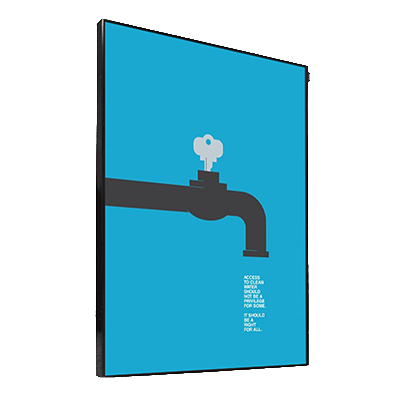



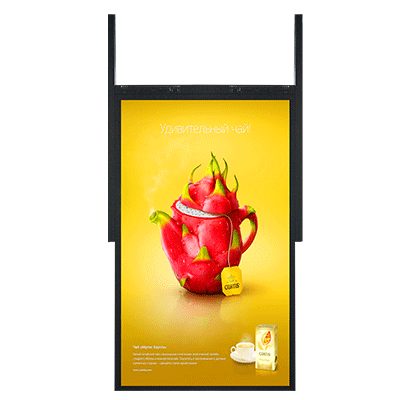
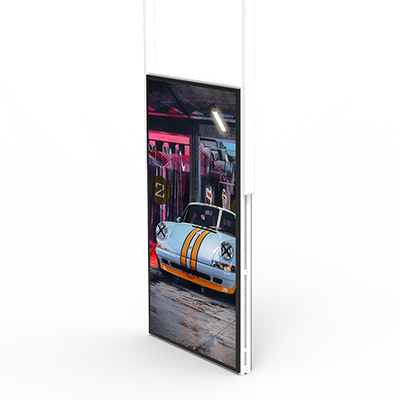
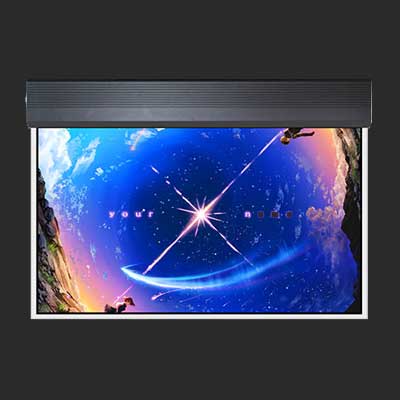


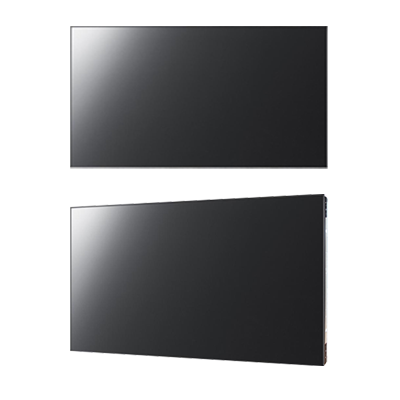


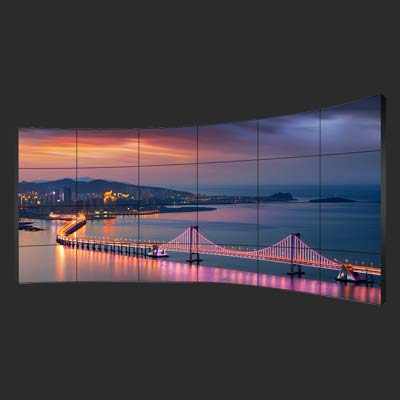

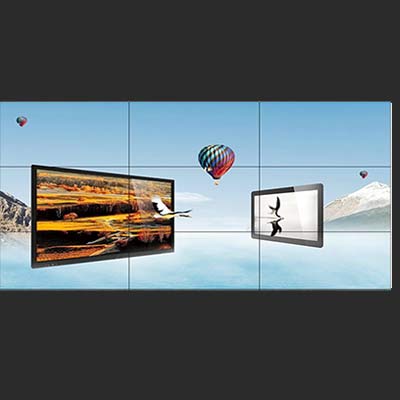
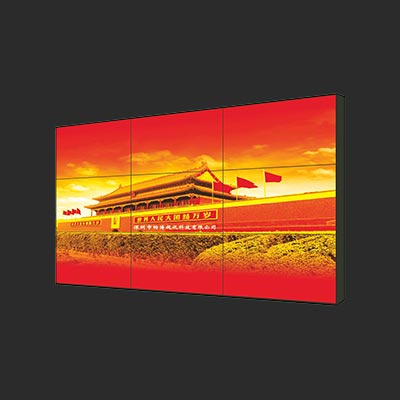


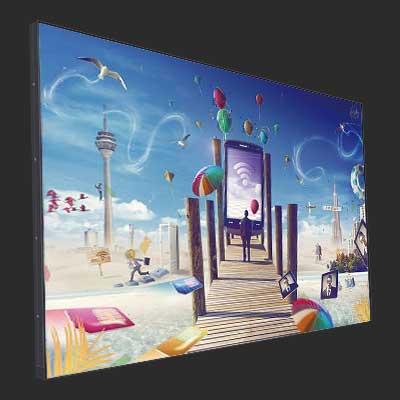







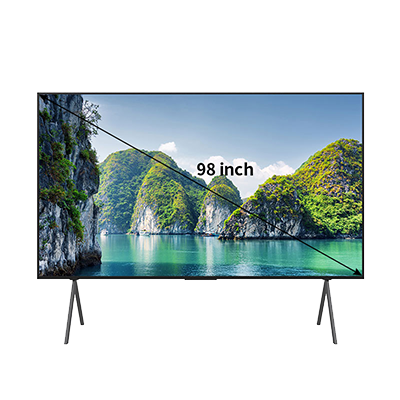


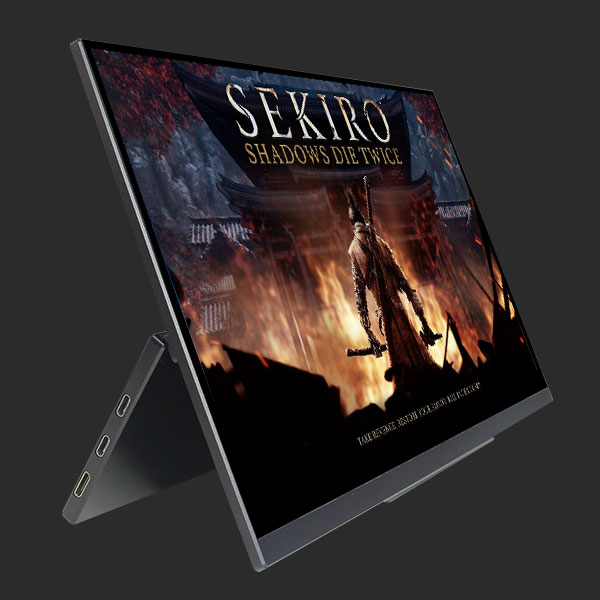
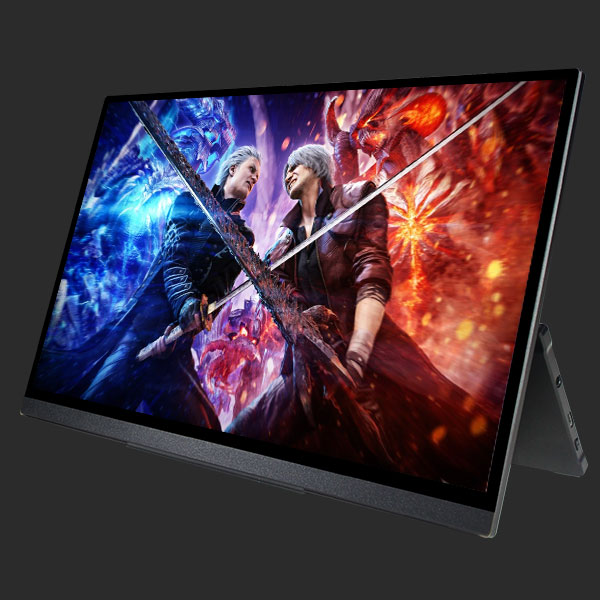

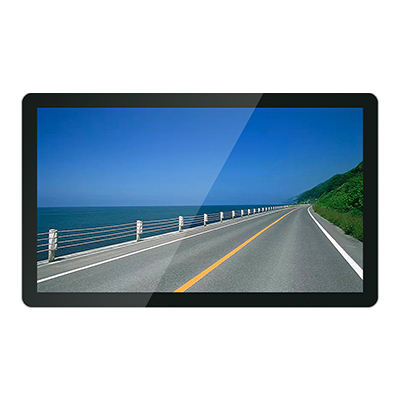
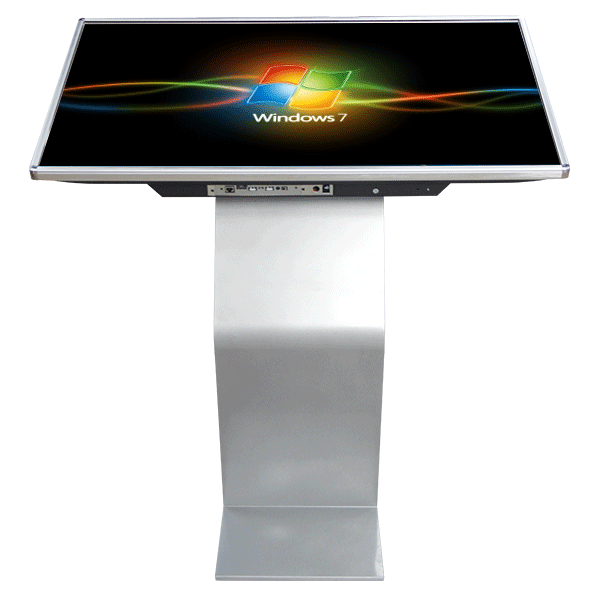
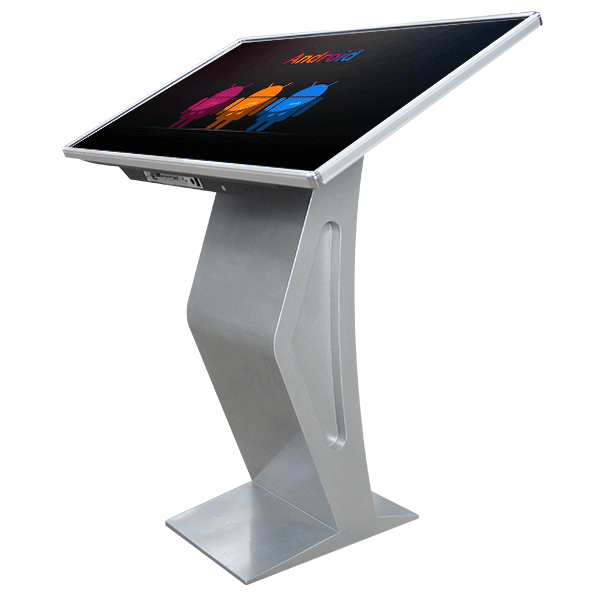
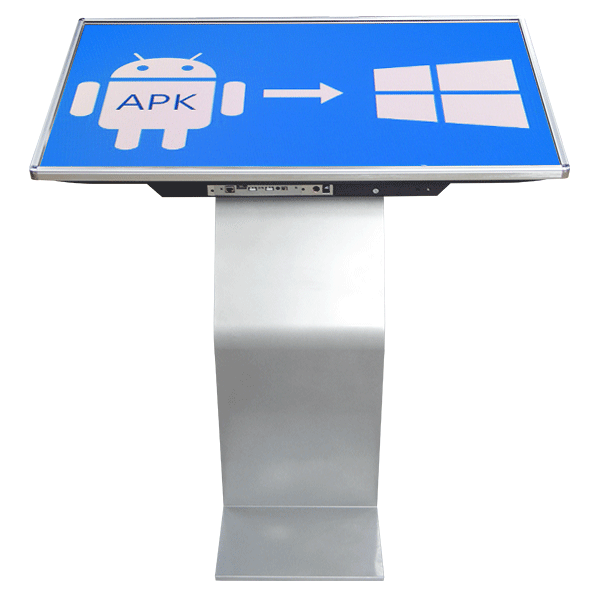
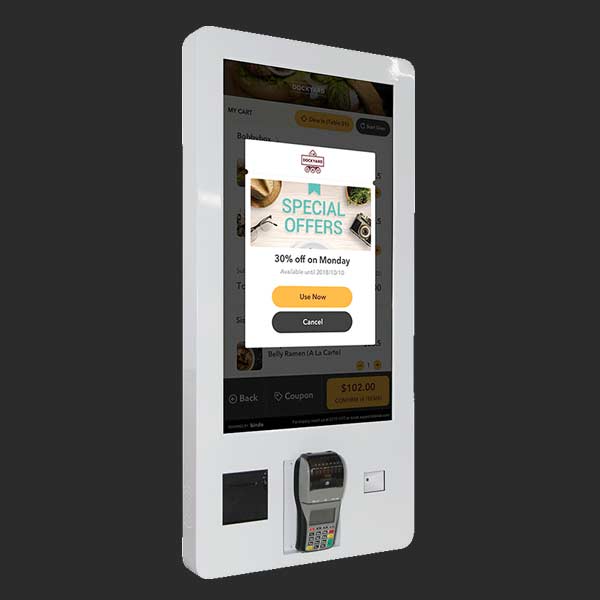
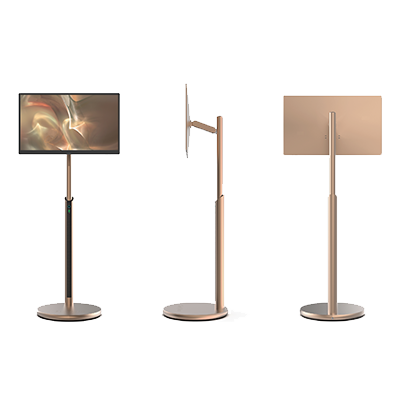


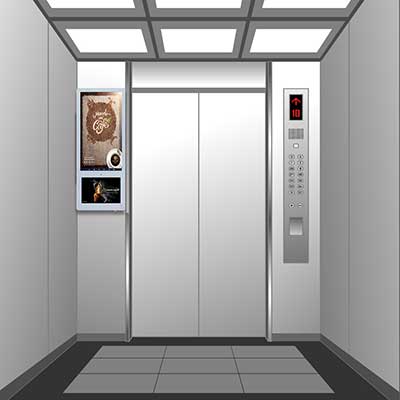

.png)


